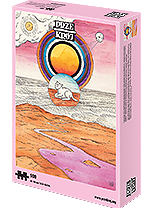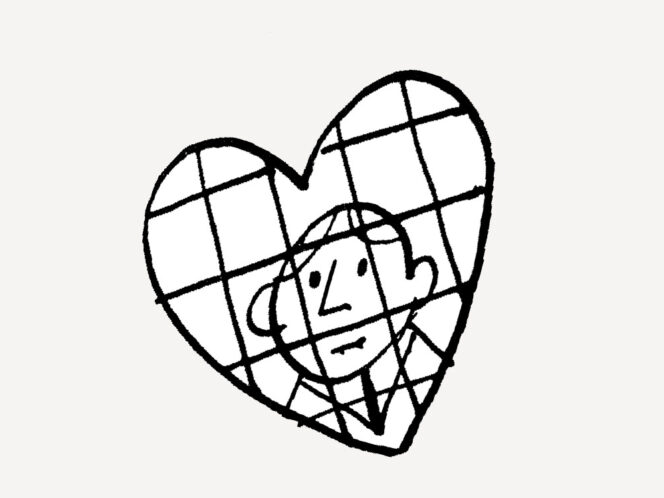
Western medicine has perfected diagnosing and treating the symptoms of heart disease thanks to ever-improving technology. However, help can be given much earlier, before any serious afflictions develop. And we’re not just talking about proper diet or exercising. Maria Hawranek talks to cardiologist Sandeep Jauhar.
Both of your grandfathers died of a heart attack, as did your mother. Is that why you became a cardiologist?
I was concerned for my father, fearing he would die like his dad. It happened in India in 1953, when my granddad was fifty-seven. One day, a snake bit him in his shop. He went home for lunch and then his neighbors brought him a dead cobra—they thought it was the culprit. When granddad saw it, he went pale and collapsed. He got so scared he died of a heart attack. My father was fourteen. When I first heard that story, I became obsessed with the human heart. In one of my biology projects, I decided to dissect a frog’s heart. It didn’t go that well.
When I was in high school, my father, a doctor, and I once dissected a pig’s heart on our kitchen table. But you started in primary school!
Yes. I used to lie in my bed, watching the ceiling fan and trying to synchronize my heartbeat with its revolutions. I learned many things from books; I still read a lot because this organ fascinates me. Do you know that if you take a heart from a human body, it will keep on beating even for a couple of months, because it’s completely independent from the brain? It is our first and last working organ. A heart starts beating when a fetus is merely three weeks old, even before there is any blood. It beats about one hundred thousand times a day, pumping over seven thousand liters of blood.
As a cardiologist, you can explain the death of your grandfather by referencing his shock and the death of your mother —who passed away in her sleep—with nightmares. I didn’t know that a nightmare could kill.
That’s what probably happened. When my mother died, I wasn’t aware that for years, she had been suffering from REM sleep disorder. It had to do with Parkinson’s disease. The nightmares started when she was in her forties, the disease developed about twenty years later. I started reading about cardiac disorders that sometimes cause people to die in their sleep. A nightmare can activate one’s sympathetic nervous system, which is responsible for fight or flight








